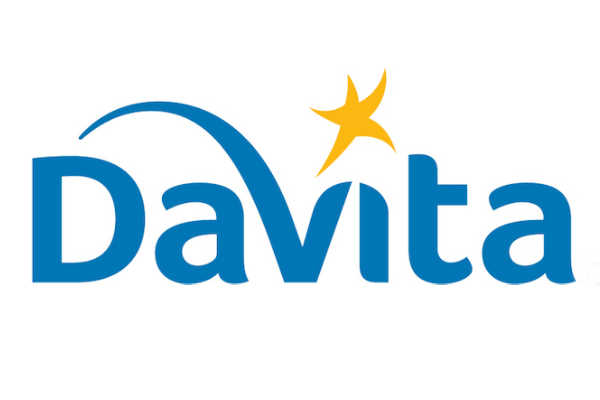Women are possibly accessing kidney health lesser and later, missing an opportunity to detect kidney disease in an early phase
Dr Suresh Sankar, MD, Chief Medical Officer, DaVita Care (India) in a candid interaction with Express Healthcare, talks about women’s health and kidney disease, sharing some insights from his 19 years of clinical experience
What is the prevalence of kidney disease among women in India?

We are unsure whether kidney disease is more common or less common among women as compared to men. It is possible that kidney disease is marginally lesser in women because major risk factors for kidney disease such as high blood pressure, diabetes, and smoking behaviour are reported to be lesser in women; however, there are other diseases such as lupus nephritis (a kidney disease caused by an autoimmune disease) which are more common in women.
Do women have equitable access to kidney healthcare in India?
Based on what we have observed, women are likely to have less access to kidney care and therefore miss opportunities to detect the disease at an early stage and implement effective therapy. As per the Indian CKD Registry, only 30 percent of CKD patients consulting a nephrologist were women. A similar pattern is evident among hemodialysis patients in India.
In developed countries, where data on incidence of kidney disease is available, it has been observed that there is gender variation in incidence of kidney disease. Hence the lower percentage of women under treatment for kidney disease in such countries is likely to be due to gender variance in health-seeking behaviour. However, this observed gender variance does not explain the larger gender variance observed in kidney care in India. Given the present scenario in India, there is a lot of room for improvement as far as women’s access to kidney healthcare is concerned.
Can you share some insights on the challenges and opportunities to improve dialysis access in India, especially for women?
The Pradhan Mantri National Dialysis Programme, which has the provision of free dialysis services to the poor, and the National Health Insurance Scheme, which aims to cover around 10 crore vulnerable families, are two big initiatives by the Indian government to improve access to dialysis care in India. One of the key challenges is to meet minimum quality standards of dialysis, while simultaneously providing access across the country. We must understand that hemodialysis is resource intensive – from a biomedical, energy, natural resource (including large amounts of high-quality water) and human perspective. We may need to look at global models for telemonitoring of dialysis like those in Colombia or explore Peritoneal Dialysis for certain sections of population, similar to Thailand.

How can the government and the healthcare industry contribute positively to improving women’s health?
Several government programs are women-centric but have been predominantly focused on maternal health; and quite rightly so. These programs have contributed enormously towards not only improving women’s health but also improving the health of new borns, infants and children. Outcome indictors like lesser maternal mortality rate and lesser anaemia in adolescent girls are significant achievements resulting from such public health programs
The private sector has also contributed immensely in this space but there are few objective ways to understand the impact of same. The newer areas evolving may be wellness, elderly women care, non-communicable diseases in women – there is a lot of scope here.
How does DaVita ensure superior clinical outcomes for its dialysis patients?
DaVita is a leader in clinical excellence in chronic hemodialysis care in the US. It has adopted similar practices in 11 countries, including India. Firstly, we have a clinical quality team overseeing patient care in all clinics in India. Secondly, we have well-defined policies and procedures, for which appropriate training is conducted. Thirdly, periodic audits track short falls and trigger corrective actions. Lastly and most importantly, we have set feasible targets for important clinical metrics in dialysis and monthly audits for interventions focussed on patients who are unable to achieve clinical targets. All of the above help ensure that the best possible clinical outcome is achieved. The lacunae in India are benchmarks and dialysis registry. Either of the above will pave the way for lifting the standard of care for all dialysis patients in India.
What, according to you, are the global practices in DaVita which set you apart from other dialysis providers in India?
Several of the initiatives discussed above address this question. But foremost is a commitment to quality and make ‘best quality clinical outcome’ as an organizational focus. In that way, all functions, and not just the clinical team, are focused on the overarching objective of our patient care. IT ensures that the EMR / information systems are in place, operations functions closely with clinical team to ensure biomedical and team support are at their best and marketing has the right messaging. While in Indian health care the dialogue usually revolves around structural aspects, tangibles and off late processes around care delivery, we would like to elevate the quality paradigm to clinical outcomes of our patients.
- Advertisement -



Comments are closed.